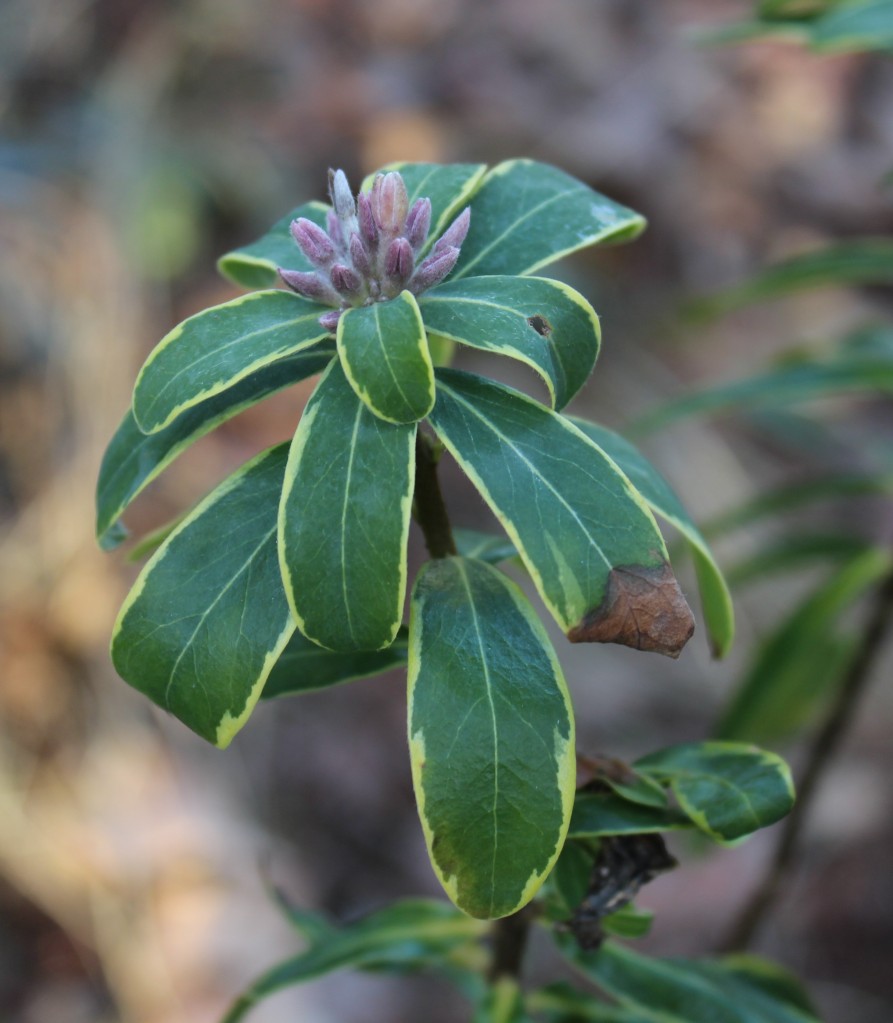Not yet a third of the way through winter, and already the gardener looks for hopeful signs of spring. Two, too long months remain, and while winter flowering mahonias and witch hazels brighten this gray period, any glimpse of color from late winter and spring bloomers is most encouraging.

In the unusual January with only a few spells of cold, the gardener expects foliage of spring bulbs to break ground, and occasionally to see a stray bloom. Hellebores with Christmas rose genetics might begin to flower by late December, or much later into late February if delayed by cold and covered by snow. While there has been little severe cold until this week, temperatures have not been so mild as to encourage early flowering, so the anxious gardener must examine the usual suspects close up.

‘Winter Sun’ and ‘Charity’ mahonias remain in bloom in early January, with late winter flowering leatherleaf mahonias (Mahonia bealei, above) beginning to show the slightest bit of color. In the mildest winters, flowers of the autumn and late winter flowering types will overlap, but typically there will be several weeks between. With cold temperatures forecast, leatherleaf’s buds are not likely to budge for a while.

Two long flowering daphnes, ‘Eternal Fragrance’ and ‘Summer Ice’ (Daphne x transatlantica ‘Summer Ice’, above) bloomed into late November, and buds are at the ready to open with a week of mild weather. The splendid, variegated Winter daphne (Daphne odora ‘Aureomarginata’, below) is unlikely to flower until late winter, after more extended periods of mild temperatures. The gardener is ever vigilant until spring is here to stay.
